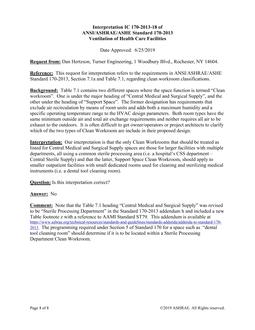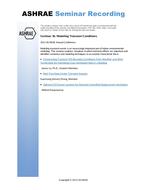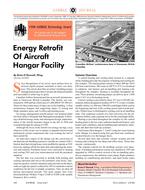Click here to purchase
The discomfort prediction inside buildings by means of correlations able to estimate people subjective response from indoor conditions has been widely investigated with the purpose of supporting design, commissioning and operation of buildings. Technical standards have been developed based on these findings, suggesting or prescribing acceptability ranges for the different environmental quantities involved mainly in single comfort aspects. However, buildings’ occupants are not exposed to one environmental factor at a time, but to acoustical, thermal, visual, and air quality stimuli simultaneously so that the overall effect of the indoor environment on human perception and performance depends on their combined effect. Some researchers have investigated these aspects by means of laboratory studies, while few ones have conducted with field studies. Even if lab environments allow the full control of the environmental parameters, the research in real buildings has the advantage of capturing the response of people in an everyday context, while they are involved in their real activity. Among all different building types, in the educational ones the indoor factors can critically affect students’ concentration and ability to learn, so that they are worth investigating. The main aim of this paper is to present results from field subjective surveys and measurements carried out in university and high school classrooms to find the crossed effects and interaction effects of different environmental factors on human perception and comfort.
Citation: IAQ 2020: Indoor Environmental Quality
Product Details
- Published:
- 2020
- Number of Pages:
- 8
- File Size:
- 1 file
- Product Code(s):
- D-IAQ2020-C54
- Note:
- This product is unavailable in Belarus, Russia


